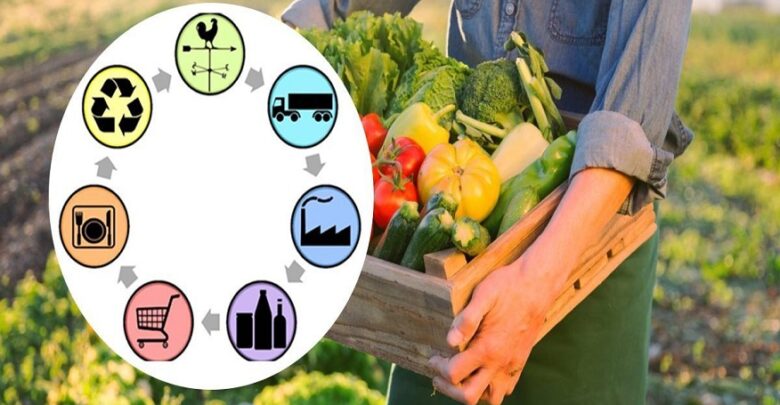Collaborative Logistics Networks: Strengthening Connections between Farmers, Distributors, and Retailers

Collaborative networks can contribute to sustainability by optimizing transportation routes, reducing unnecessary packaging, and supporting local sourcing. This approach aligns with consumers’ increasing demand for environmentally friendly practices. Collaborative logistics networks foster trust and long-term relationships among stakeholders.
In the intricate web of agricultural supply chains, the concept of collaborative logistics networks is gaining traction as a strategy to optimize efficiency and reduce costs. These networks foster stronger connections between farmers, distributors, and retailers, creating a cohesive ecosystem that benefits all stakeholders. Here’s how collaborative logistics networks are transforming the agricultural industry:
1. The Power of Collaboration: Uniting Stakeholders for Mutual Benefit
Collaborative logistics networks bring together farmers, distributors, and retailers under a unified framework. By sharing resources, information, and expertise, these networks streamline the flow of agricultural products from the field to the consumer, eliminating inefficiencies and redundancies.
2. Enhanced Visibility and Transparency: Real-Time Information Sharing
Transparent communication is a cornerstone of collaborative logistics. Farmers, distributors, and retailers exchange real-time information about inventory levels, demand fluctuations, and delivery schedules. This transparency allows for better planning, reducing stockouts and overstocking.
3. Optimized Inventory Management: Reducing Wastage and Costs
Through collaborative logistics networks, stakeholders can collectively manage inventory levels. Farmers can adjust their planting and harvesting schedules based on accurate demand forecasts, minimizing food wastage, and ensuring fresher products on the market.
4. Efficient Transportation and Distribution: Minimizing Delays
Transportation is a critical link in the agricultural supply chain. Collaborative networks enable distributors to optimize routes, consolidate shipments, and reduce the number of empty trips. This not only cuts down transportation costs but also reduces the environmental impact.
5. Flexible Supply Chains: Adapting to Changing Conditions
Collaborative logistics networks are agile by design. When faced with unexpected events like weather disruptions or supply chain shocks, the network can quickly adapt and reroute products to ensure timely deliveries, thereby minimizing disruptions.
6. Reduced Costs: Economies of Scale and Shared Resources
Economies of scale are achieved when farmers, distributors, and retailers pool their resources together. Bulk purchasing of packaging materials, for instance, leads to cost savings. Additionally, shared warehouses and distribution centers lower overhead expenses.
7. Access to New Markets: Opening Doors for Small-Scale Farmers
Collaborative networks enable small-scale farmers to access larger markets that might have been out of reach otherwise. By working together with distributors and retailers, they can tap into new opportunities and expand their customer base.
8. Data-Driven Decision-Making: Harnessing Analytics for Better Choices
Data analytics plays a crucial role in collaborative logistics networks. By analyzing historical trends and consumer behavior, stakeholders can make informed decisions about production quantities, delivery routes, and marketing strategies.
In the dynamic world of agricultural logistics, collaborative logistics networks offer a transformative approach to supply chain management. By uniting farmers, distributors, and retailers in a symbiotic partnership, these networks enhance efficiency, reduce costs, and pave the way for a more resilient and sustainable agricultural industry.



